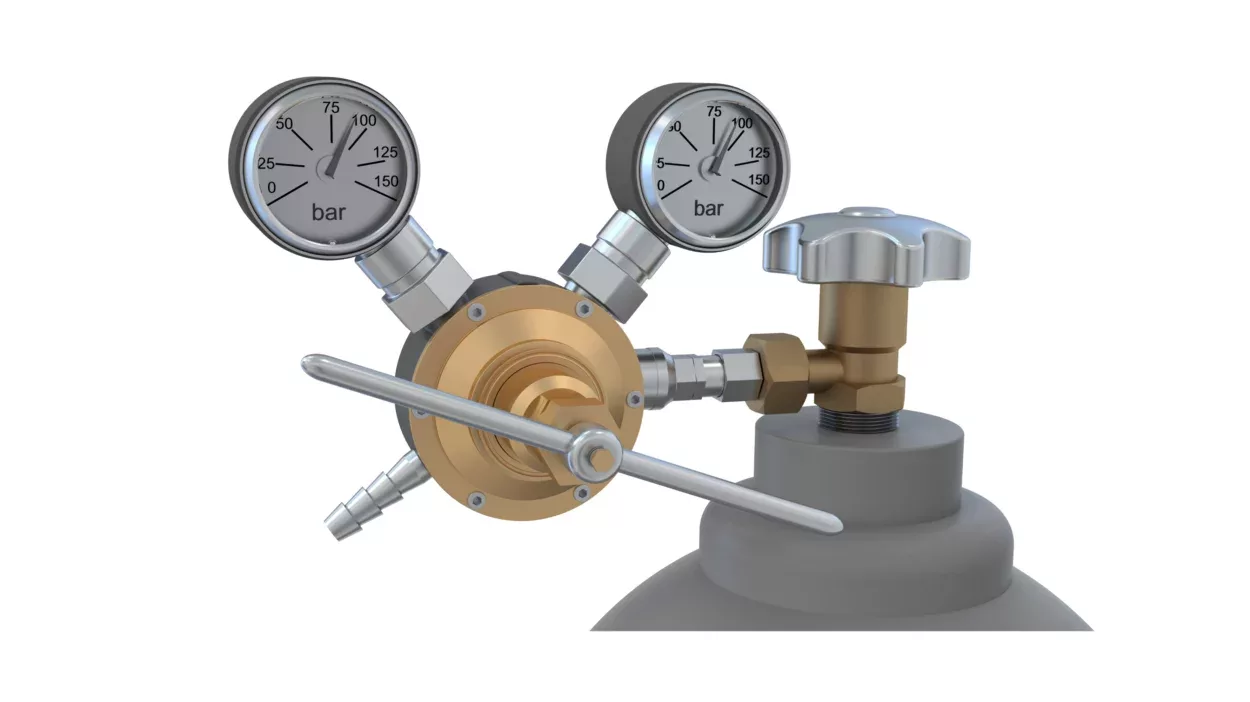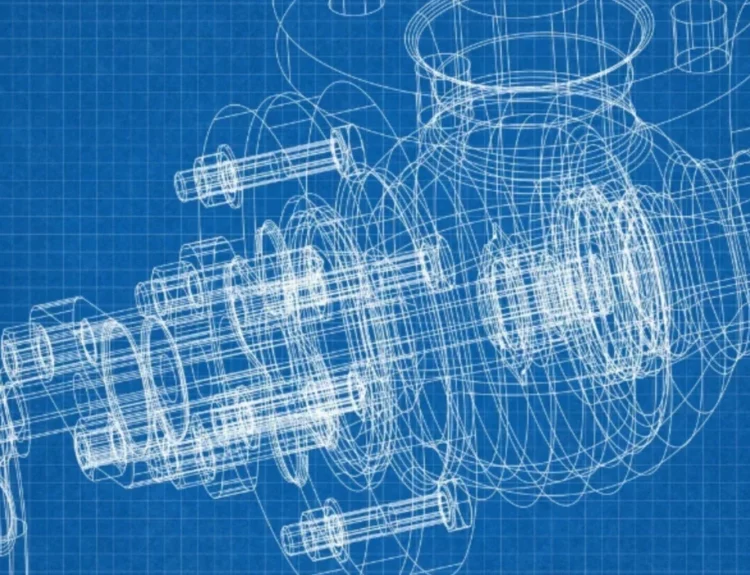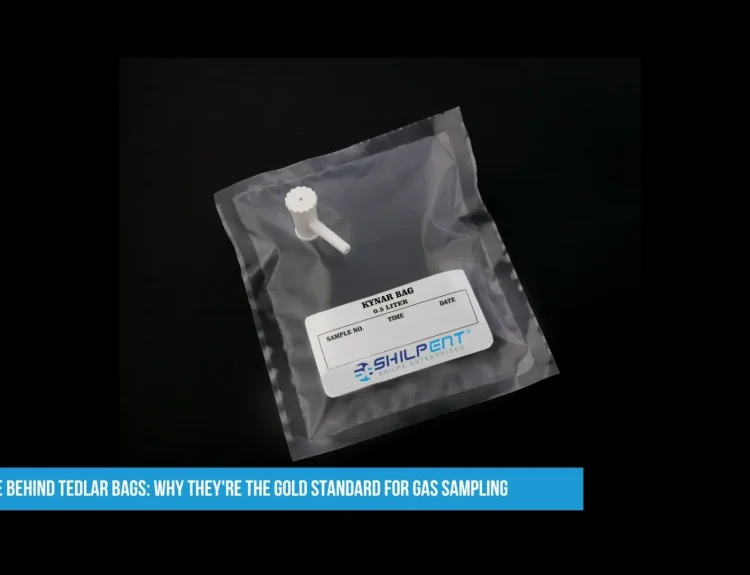A pressure regulator in a high-pressure reactor is like the pressure manager of a bustling kitchen, ensuring that everything operates smoothly and safely, even when things get heated. High-pressure reactors, from chemical manufacturing to pharmaceuticals, are used in various industries to conduct reactions under high pressure. These conditions can speed up reactions or enable specific reactions that wouldn’t happen under normal conditions. Let’s explore the crucial role of a pressure regulator in this intense environment.
Keeping Things Under Control
Imagine cooking a dish that requires a precise temperature to turn out just right. The “dish” is a chemical reaction in a high-pressure reactor, and the pressure regulator ensures that the “cooking” conditions are perfect. It adjusts the pressure inside the reactor to maintain the ideal environment for the reaction, much like adjusting the flame on your stove.
Safety First
Safety is paramount in any situation where high pressure is involved. A pressure regulator acts as a safety valve, preventing pressure from building up to dangerous levels, possibly leading to equipment failure or even explosions. Think of it as a pressure-release cap on a soda bottle; it lets out excess pressure to prevent it from bursting.
Consistency is Key
For scientists and engineers, getting consistent results is crucial. The pressure regulator ensures that every reaction occurs under the same pressure conditions, leading to reliable and repeatable outcomes. This consistency is vital for research and development, as well as for large-scale production in industries.
Efficiency and Productivity
By maintaining optimal pressure, the regulator helps the reactor operate more efficiently. Reactions can proceed at the best rate possible, saving time and energy. It’s like having a cruise control for your car; it keeps you moving at the right speed without constant adjustments, making the journey smoother and more fuel-efficient.
Protecting the Investment
High-pressure reactors are complex and expensive pieces of equipment. The pressure regulator is critical in protecting this investment by ensuring the reactor operates within safe limits, thus extending its lifespan and preventing costly repairs or replacements.
The Bottom Line
The pressure regulator is an unsung hero in the high-stakes world of high-pressure reactors. It meticulously manages the internal pressure, ensuring safety, consistency, efficiency, and protecting valuable equipment. Without this critical component, the advanced chemical reactions that drive innovation in many fields would be much more challenging and hazardous to conduct. So, the next time you come across products made using high-pressure reactions, remember the vital role played by the humble pressure regulator in bringing these innovations to life.
To purchase pressure regulator, please follow the link.







